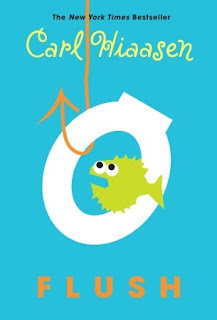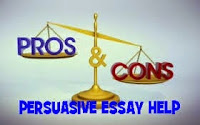DECEMBER
Read Aloud FLUSH CONTINUED
In Read Aloud this month, we are reading FLush by Carl Hiaasen. We have only just started, but we're already hooked!! For information about the book, click here. As we read, we will discuss the big ideas or themes in the book, just like we did in Eggs. We are working to improve our skills in:
· Determining the lesson/moral/theme/central message
· Making inferences about the characters as well as tone and mood
· Drawing conclusions and predicting what's to come
· Thinking about the author's craft and purpose
· Monitoring for meaning by using context to determine word meaning and interpreting figurative language
In addition, this new read aloud book will make us think about Social Issues. These are serious issues that affect our daily lives like family relationships, family struggles, caring for our environment, and what it means to do the right thing.

Below you will find our new vocabulary words that we are learning to improve our Read Aloud conversation. These words will help us articulate our thinking as we discuss the book Flush. Click the link below to find a copy of our Vocabulary Packet with the 14 words, definitions, and synonyms. Students will be quizzed weekly on these words. The purpose of this is to ensure that the students have a deep understanding of the words because they will be used all year. They should become a part of your child's permanent vocabulary. They have been provided a list of "Ways to Study Vocabulary Words". A copy of this list is below. Please encourage your child to find a method that works best for them. There are plenty of study options for active students, music lovers, and artists.
Note: Although we have new words for Flush, students are still expected to know and use the vocabulary we learned in Eggs. Students should continue to incorporate those words in conversation and in their writing. They may also see one or two of those words pop up on a quiz!
Flush Conversation Words:
1. impulsive
2. keen
3. volatile
4. murky
5. vicious
6. sincere
7. erratic
8. salvage
9. expedition
Vocabulary Homework Schedule
Day 1: In your own words- Write the vocabulary words and definitions in your own words.
Day 2: Visual Representation- Draw a picture representing the vocabulary words (or find an illustration). Write a caption explaining your picture.
Day 3: Meaningful Sentences- Write each vocabulary word in a sentence. Your sentences must contain the words when or because (see example below).
Vocabulary Word: Compassionate
The boy was compassionate when he offered to share his snack with the new girl at school.
The boy was compassionate because he understood how it felt to be made fun of.
Day 4: Study Night- Create a synonym tree or web for each word or choose 1 option from the menu to help you study all the vocab words.
Flush Conversation Words Vocabulary Packet:







